Without integrating forestry with water management, the goals of climate change cannot be achieved
Water is the fundamental requirement for sustaining life, agriculture and the overall economy. With an exponential rise in the world population and diversified use of water, coupled with deforestation and increasing climactic vagaries, fresh water sources are under tremendous pressure globally. During the last 100 years, there has been a six to seven-fold increase in the demand for fresh water.
However, at the macro level, though the availability of fresh water is constant, at the micro level, due to overexploitation and indiscriminate use, lopsided planning in human settlements, changes in the hydrological cycle and pollution, water resources are dwindling very fast. Though we have plenty of rainfall in India to recharge the aquifers, it is unevenly distributed and unsustainably used to meet the demand for agriculture and industry. According to the Central Ground Water Board, more than 70 per cent districts are water-stressed and many cities and towns are critical from the point of view of availability of safe drinking water. And on top of this, 70 per cent of the agriculture sector uses groundwater for irrigation. In a nutshell, “blue” as well as “green” water management has been suffering a lot.
Many experts have been raising red flags about the impending water crisis for the last many years but various Government bodies have made fragmentary attempts which did not bring much relief on the ground. One classic case of failure was the watershed scheme which succeeded in very small patches and that, too, with the help of people in villages, who were feeling the pinch of scarcity. One such example was in Hiware bazaar in the Ahmednagar district of Maharashtra where community-based water management tremendously boosted agriculture and milk production, drawing back the people who migrated to Mumbai after recurrent drought.
Now, the Centre has created the Jal Shakti Ministry to tackle the issue of water scarcity in the country in a focussed and planned manner. The Prime Minister announced the launching of the Jal Jeevan Mission with a projected expenditure of more than Rs 3.5 lakh crore. For the first time, the Jal Shakti Ministry is dealing with most matters relating to water in different Ministries in an integrated manner. The first priority of the Ministry was to ensure potable water to 15.70 crore households as out of 18.93 crore homes in the country, only 3.23 crore had tap water in 2019. It was started as a peoples’ programme and involved citizens in water resources management at every level, right from supply, to reuse, to recharge.
The guidelines issued under the Jal Jeevan Mission stressed on service delivery and involved the people at every step of its execution. The Gram Panchayats, Self Help Groups (SHGs), NGOs and Village Water and Sanitation Committees were involved in planning, implementing, managing, operating and maintaining their own water supply systems.
This bottom-up approach has started paying dividends and 84.84 lakh households were given tap water connections. The programme is picking up fast as now one lakh families are being covered daily. The Ministry, during 2019-2020, provided safe drinking water to 71 lakh people in arsenic-contaminated areas and 5.35 lakh people in fluoride-contaminated areas. One of the innovative technologies to monitor water supply and use was the use of “sensor-based Internet of Things solution” in which a smart water meter tracks the quality, regularity of water supply, quantity and quality of water. It also tracks flow across distribution channels and thus helps in checking leakage and minimising water wastage.
According to Water Minister Gajendra Singh Shekhawat, in the post-lockdown period, 32 lakh households were provided with piped water by July 28 under the Jal Jeevan Mission, which also helped in creating employment for over 42,000 people in six States. Under the Jal Shakti Abhiyan, the Ministry has started a massive water conservation movement with the help of communities in 1,592 water- stressed blocks in 256 districts. It focussed on water conservation through rain water harvesting, renovation of traditional water bodies, renovating and maintaining bore wells and watershed management and afforestation activities.
The experts on groundwater are working in most of the water-stressed districts of the country. One of the most outstanding achievements of the Modi Government was the Swachh Bharat Mission (SBM). More than six lakh villages were declared open defecation free and 60 crore people were helped, with more than 10 crore toilets constructed.
In phase two, the objective is to consolidate and perpetuate the gains of the SBM, including waste management. Under the PM’s Krishi Sinchai Scheme, more than 21.7 lakh hectares were irrigated during the last three years.
Apart from this, innovations and international cooperation on water management need to be pursued vigorously. However, a major shift is necessary to revamp forest management with water management in order to ensure water in our aquifers, dams and rivers. Without integrating forestry with water management, the goals of climate change cannot be achieved. The additional benefit will be in the form of regeneration of minor forest produce primarily animal foods and medicinal plants. There is no better time to focus on changing the objectives in COVID-19 times. Will the Environment Minister, Prakash Javadekar, take the initiative in this direction? One hopes so.
(The writer is a former civil servant)







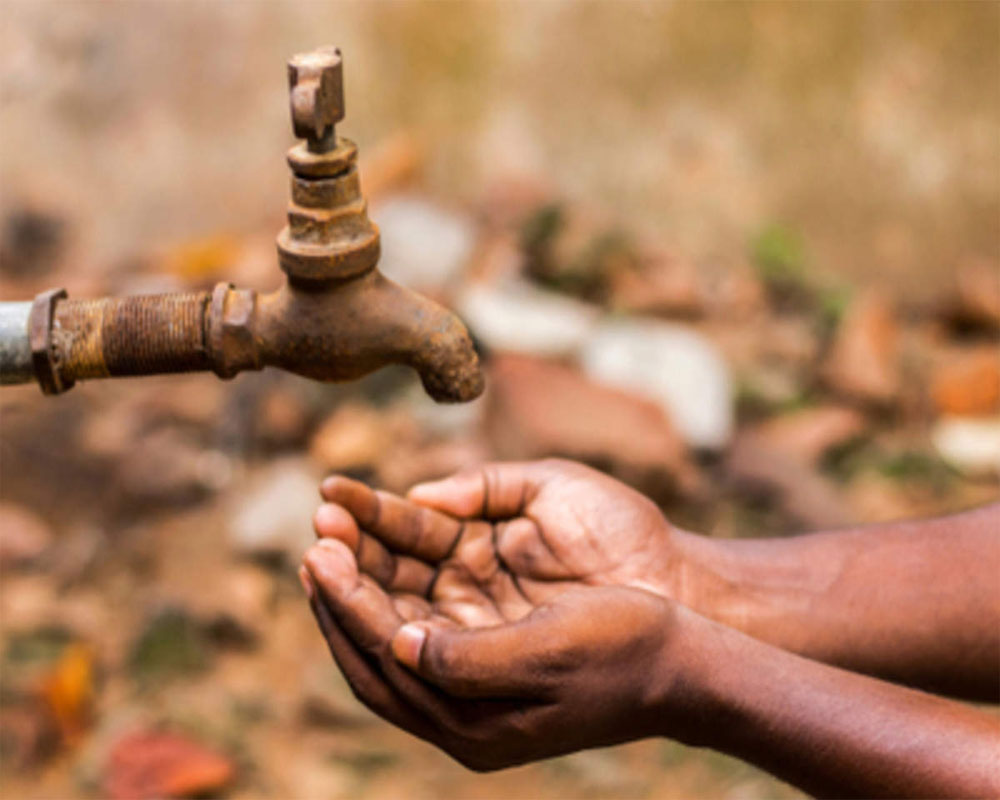
 OpinionExpress.In
OpinionExpress.In
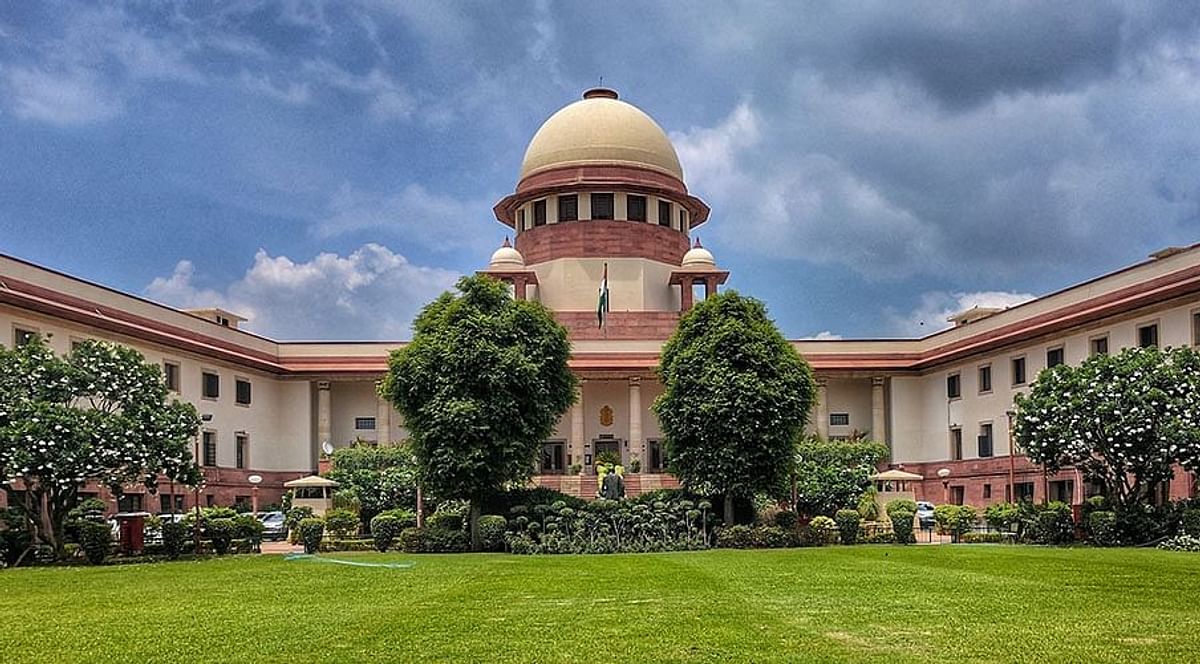
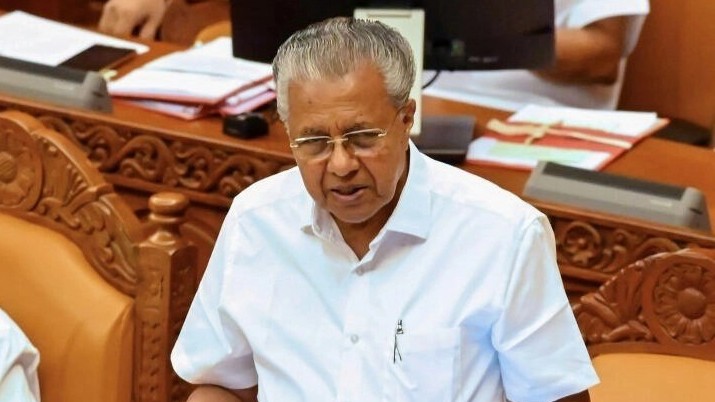
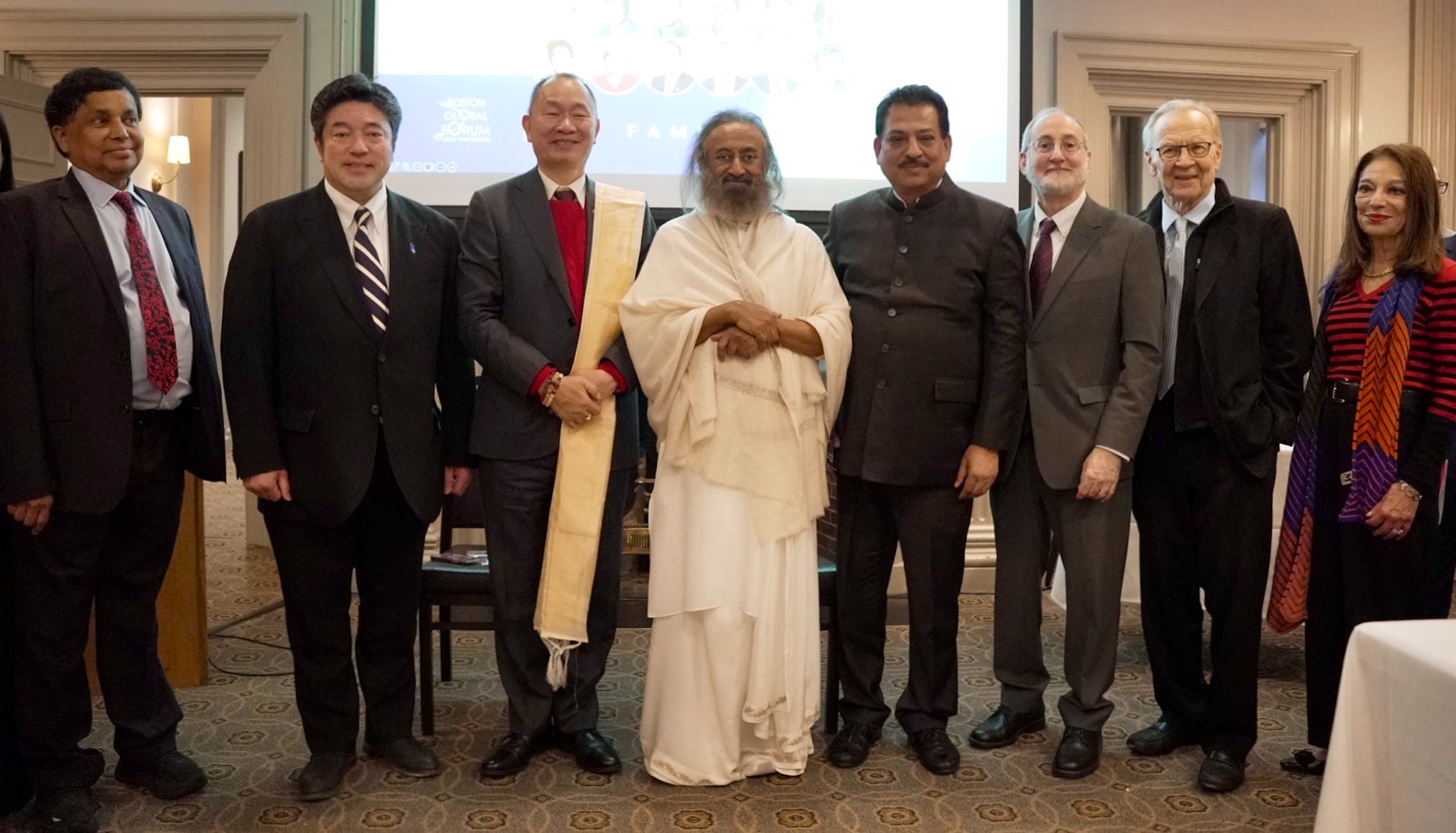

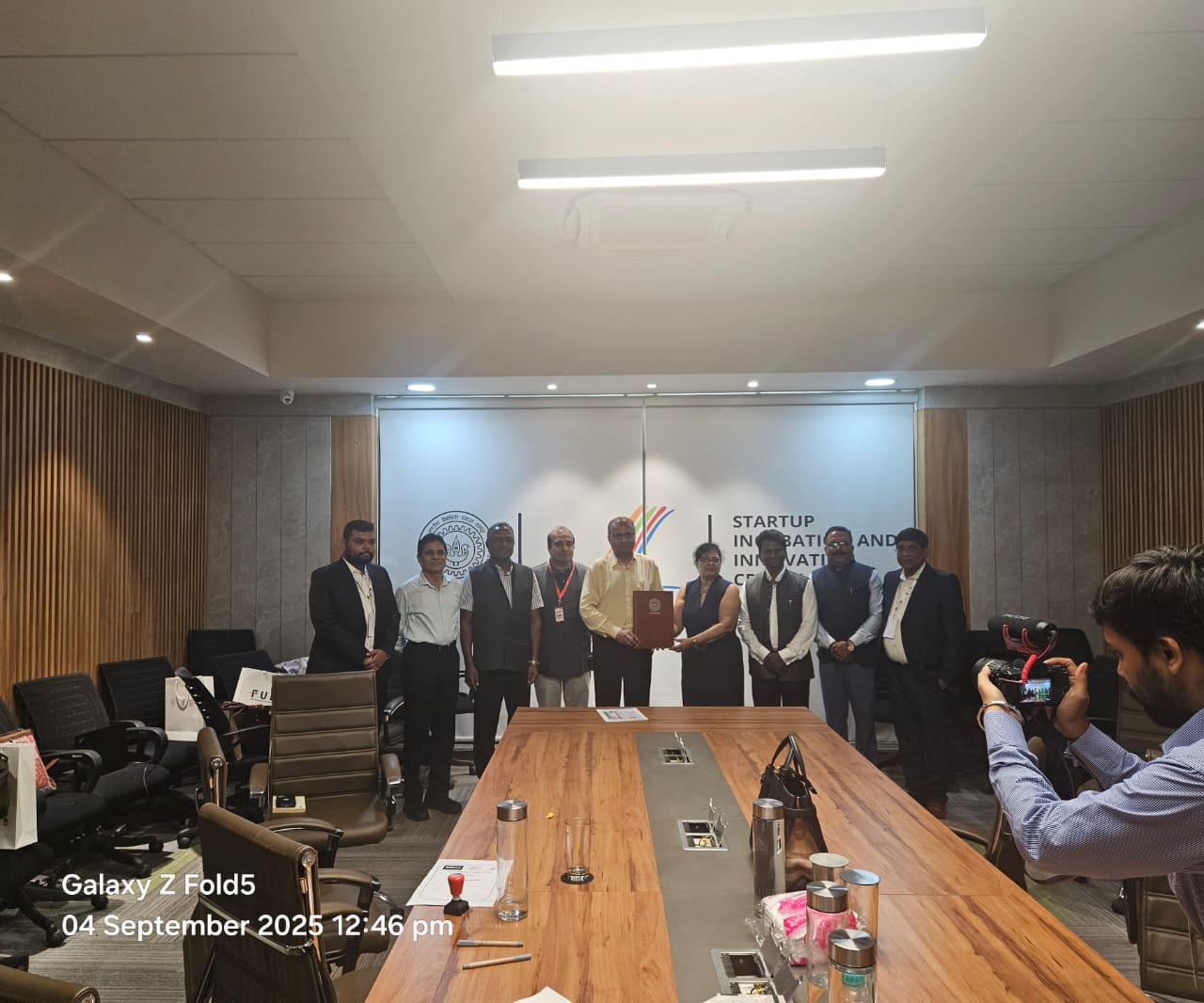
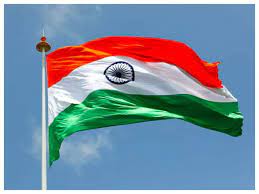
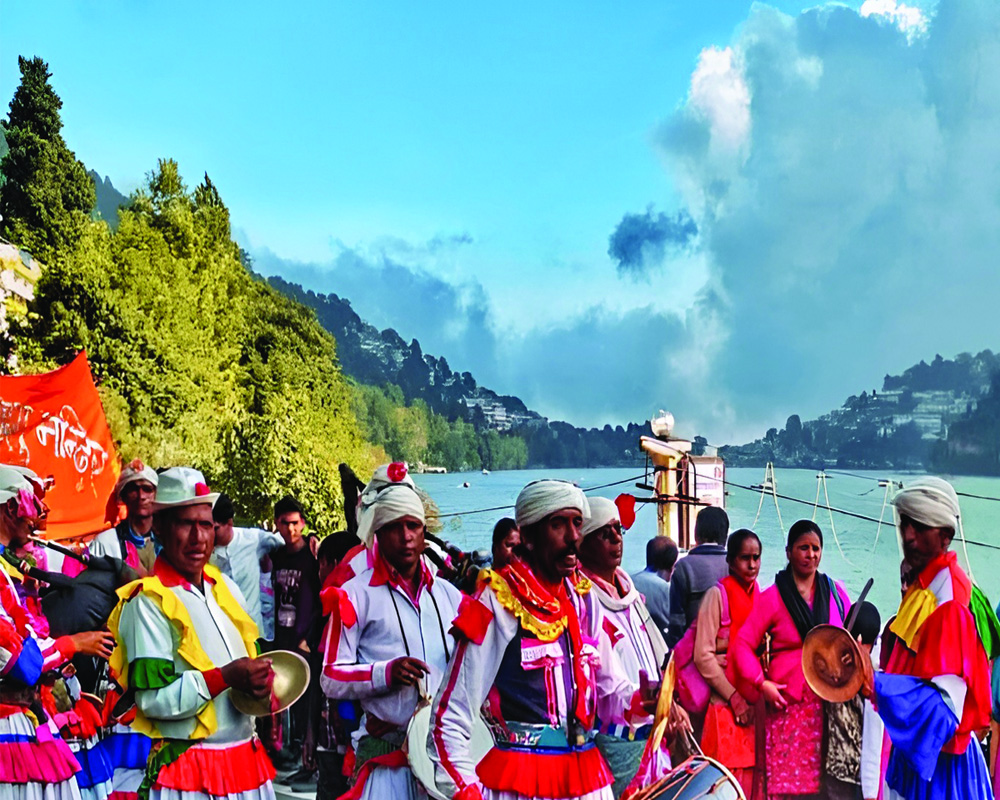








Comments (0)